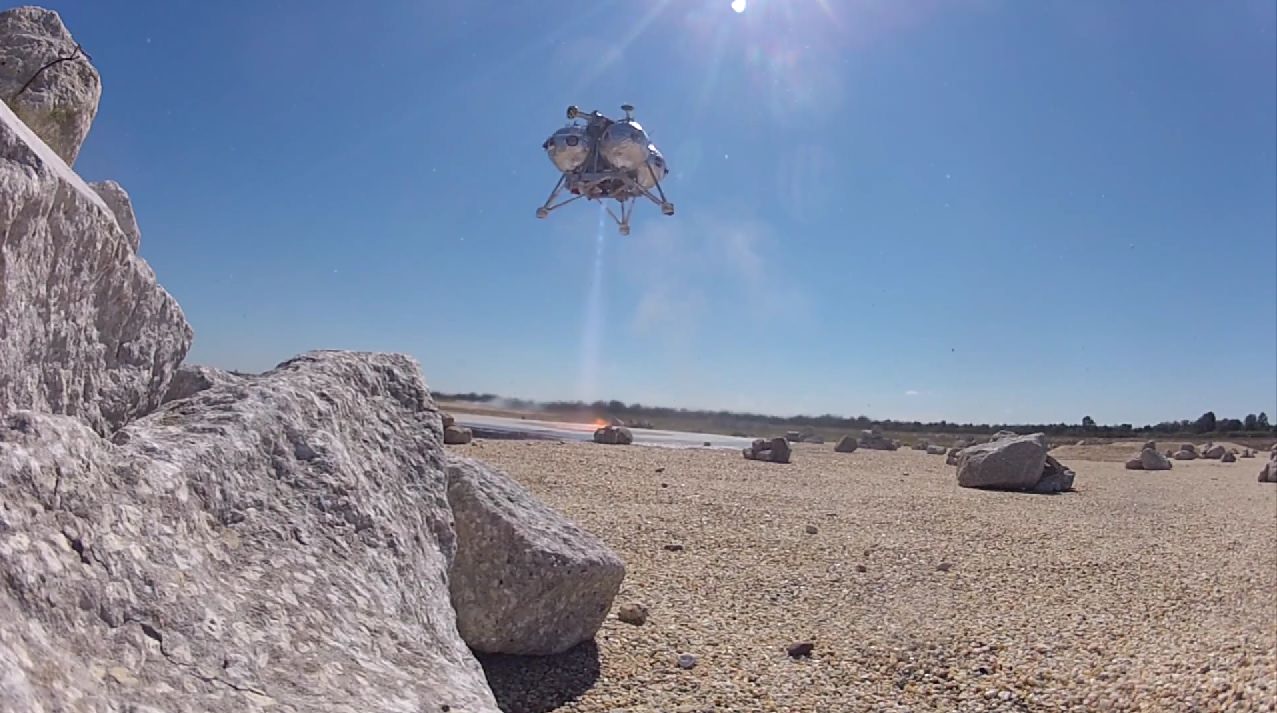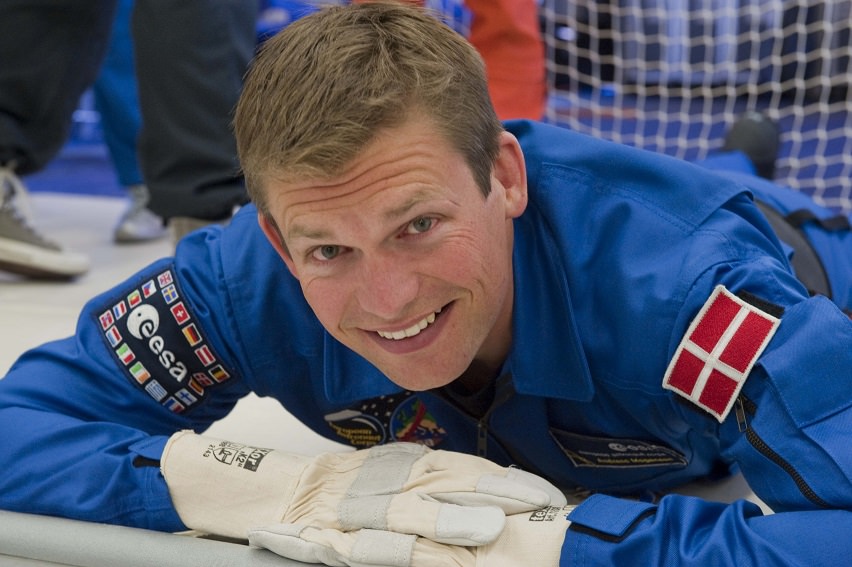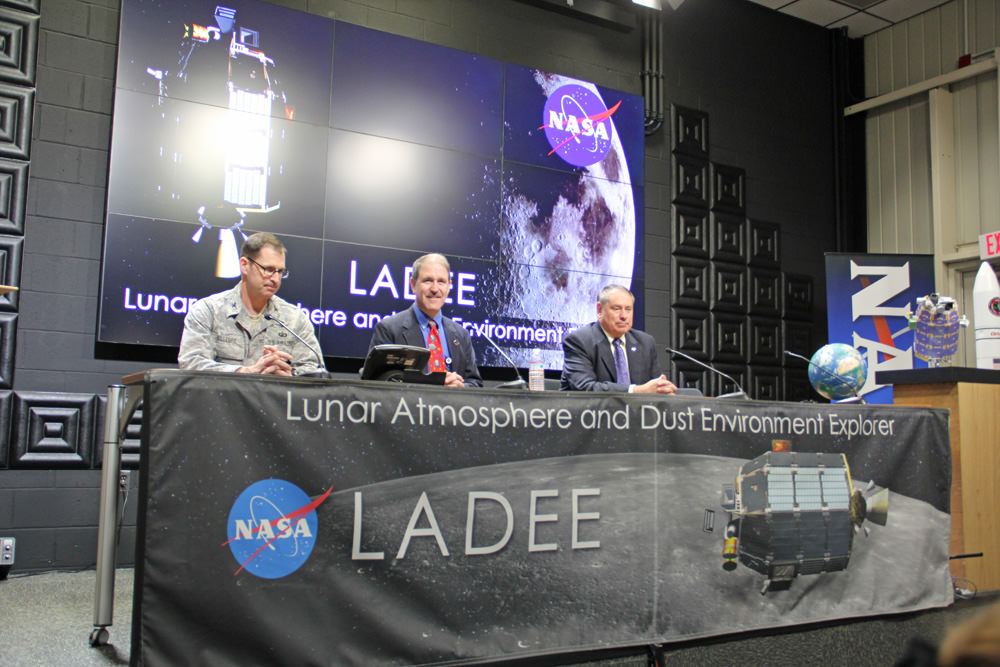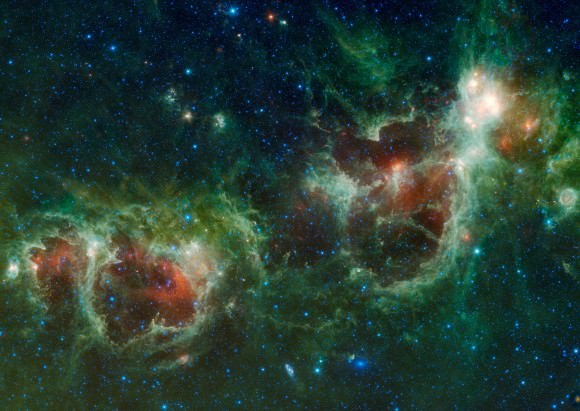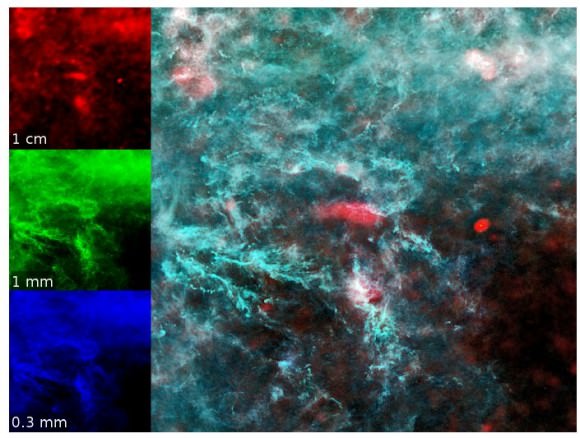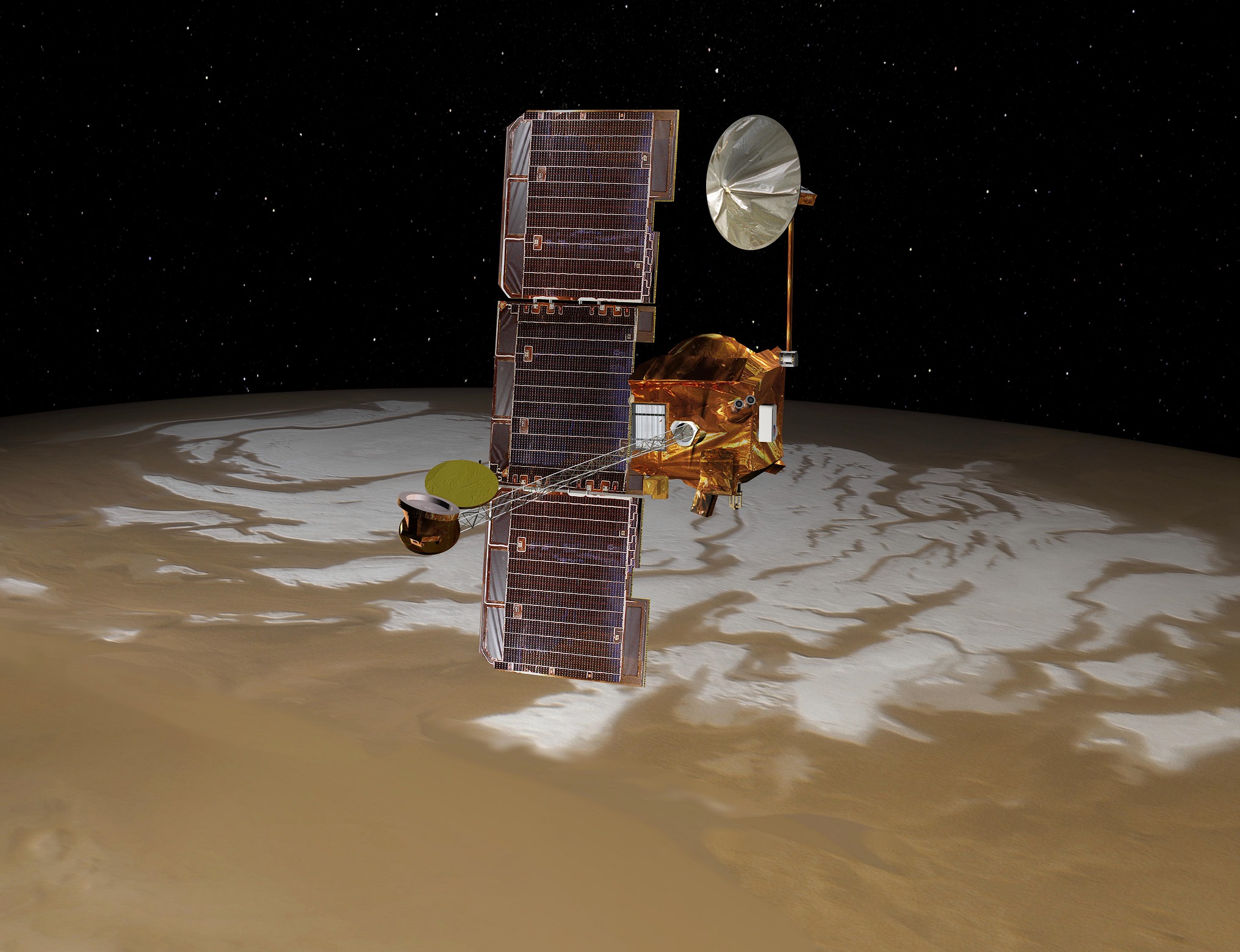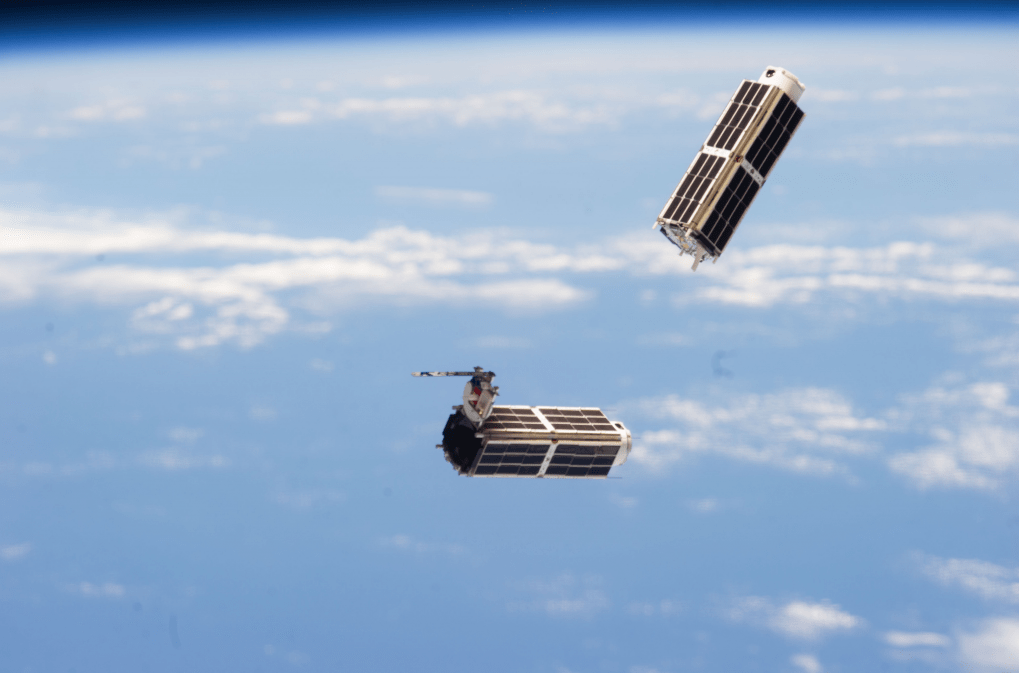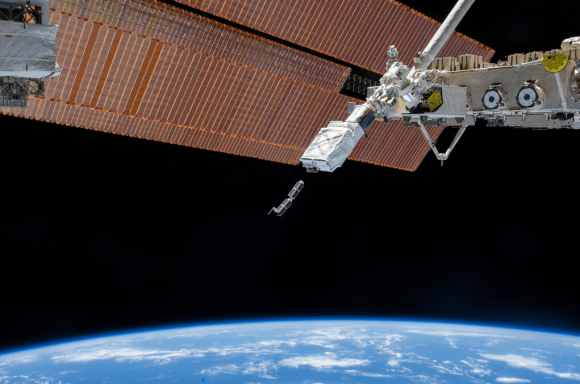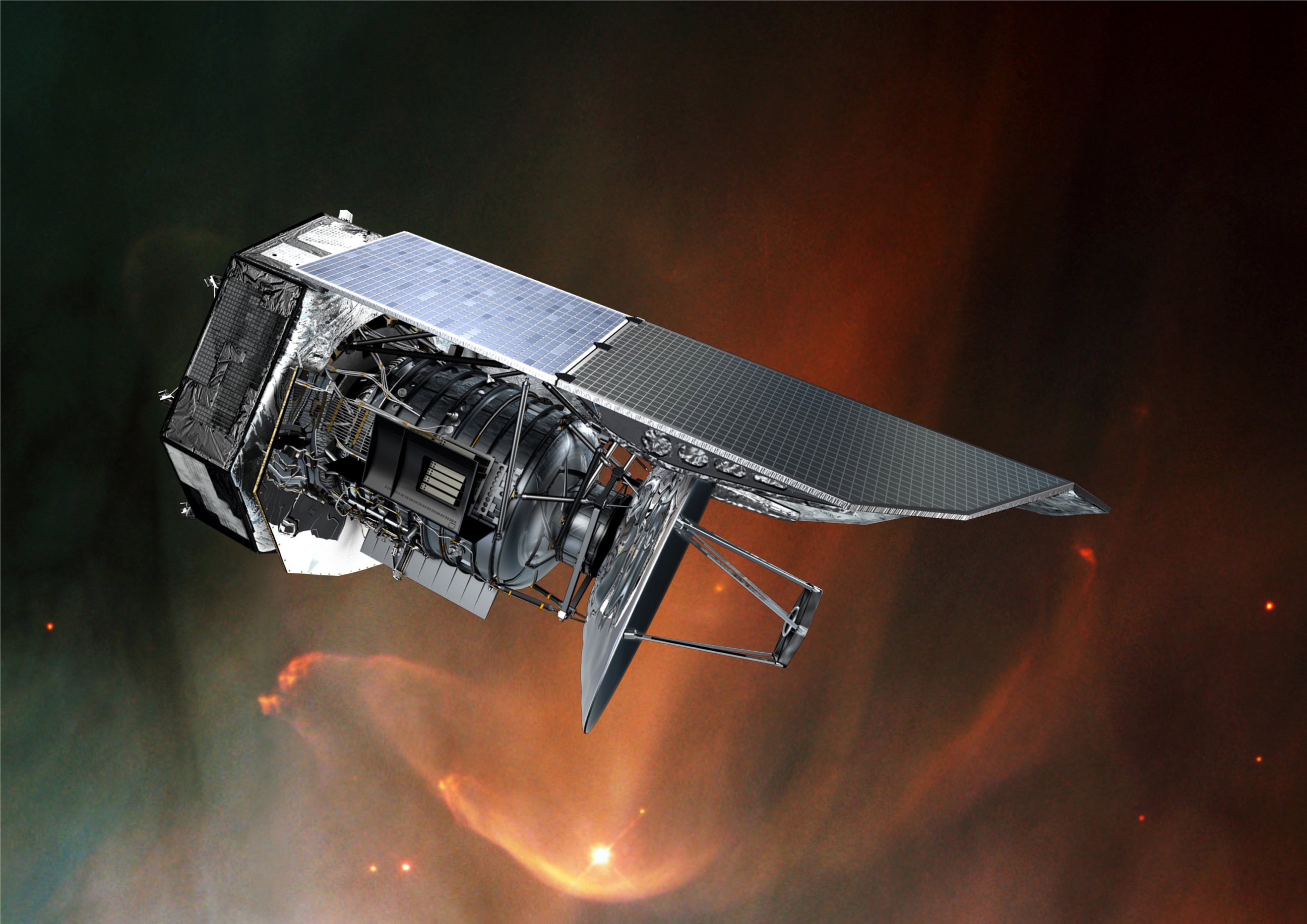If you were to find yourself on the Red Planet, what would you do when you get there? Those who made the second round of the Mars One mission (which aims to establish a colony on Mars in the next decade) are a step closer to answering that question. In interviews with Universe Today, applicants Andrew Rader, Max Fagin and Brian Hinson explained what they’ll do if they embark on a planned one-way trip to the Red Planet.
It’s impossible in three interviews to capture the diversity of more than 1,000 second-round applicants, so we encourage you to head over to Mars One’s website to browse the full list of people. As for these three would-be Marstronauts, we have their application videos and their plans for Mars exploration below the jump.
Max Fagin, 26, United States
With a resume including the NASA Academy and the Mars Desert Research Station, you’d expect that Fagin would be interested in the conventional astronaut program. He wants to try for Mars One first, however, because the Red Planet is the destination he prefers.
“Applying to become an astronaut at NASA is still an option, but at the moment they don’t have Mars as a destination,” he said. “Right now it’s the asteroids, which is cool, I’d love to see that, but it’s not something I’m willing to risk my life over.” Going to Mars would provide a greater payoff, he added, in that a new home base could be established for humanity.
One question intriguing Fagin is how to make a vehicle that travels to Mars better optimized to be used on the surface. He believes that the design will need to be changed somehow post-landing to make it possible to perform agriculture and do other duties on station. (He is in fact doing graduate engineering work at Indiana’s Purdue University right now to study more about this problem.)
Fagin is looking forward to diversifying his training if he does get selected. He’s strong in engineering, he said, but feels that learning medical skills, for example, will position all crew members well to work on the surface.
Brian Hinson, 44, United States
As you can see by the application video, Hinson is not afraid of standing out. He’s been to 39 countries and describes himself as experienced in learning about different cultures. He’s a private pilot and has also tested himself physically, for example by mountain-climbing to altitudes above 19,685 feet (6,000 meters).
“The whole Mars thing came up, and it sounds like the greatest adventure of all time,” said Hinson, who co-founded the company Skin Beautiful Dermaceuticals with his wife, Kathleen Eickholt (who is supportive of the Mars mission, but doesn’t necessarily want him to leave, he adds).
Hinson is a lifelong space enthusiast, but says his math capabilities weren’t enough to consider the NASA astronaut program. He would contribute to the mission as an engineer: “I think I could help out with hydroponics, recycle the water and everything else … [and also] picking up samples for scientists back home.”
From spending as long as 2.5 weeks on trips with strangers, Hinson added that he thinks psychological aspects will be key to success of the crew. He added that he expects the Mars One training process will include extended periods of time in isolation, perhaps something similar to the six months a science crew typically spends in Antarctica.
Andrew Rader, 34, Canada
Rader’s skills span both the technical and the human, as he earned a Ph.D. in aerospace engineering from the Massachusetts Institute of Technology and also was crowned “Canada’s Greatest Know-It-All” in a reality show competition hosted by the Discovery Channel. Mars One will only succeed as a venture if it can be “sold” to the public as a worthy endeavor, he said, adding that space enthusiasts will be among the hardest to convince because of their knowledge.
“Mars One could possibly happen if it gains enough support, if everyone donated a dollar, or space enthusiasts donated a hundred dollars [each], or billionaires donated a chunk, it could happen,” he added.
He characterizes the first few years of the colony as a time when people need to focus on the basic parts of Maslow’s hierarchy of needs. Keeping people safe and fed will come before scientific return for the first bit. His first goal on the surface will be to make the base as self-sustaining as possible. If that works out, he’d be happy to do things such as maintain rovers to pick up samples for people to analyze back at a Mars “lab”. (Having robots do surface exploration would reduce the risk of radiation, he said.)
Space is the long-term solution to the survival of our species, Rader adds, with the ultimate destination being outside the solar system. To get there first, however, you need stepping stones, and he believes Mars is the most likely destination for humans. “Mars is a very challenging place to go for us, but it is within our technological capabilities, and going there would create the technological incentives to go further.”

